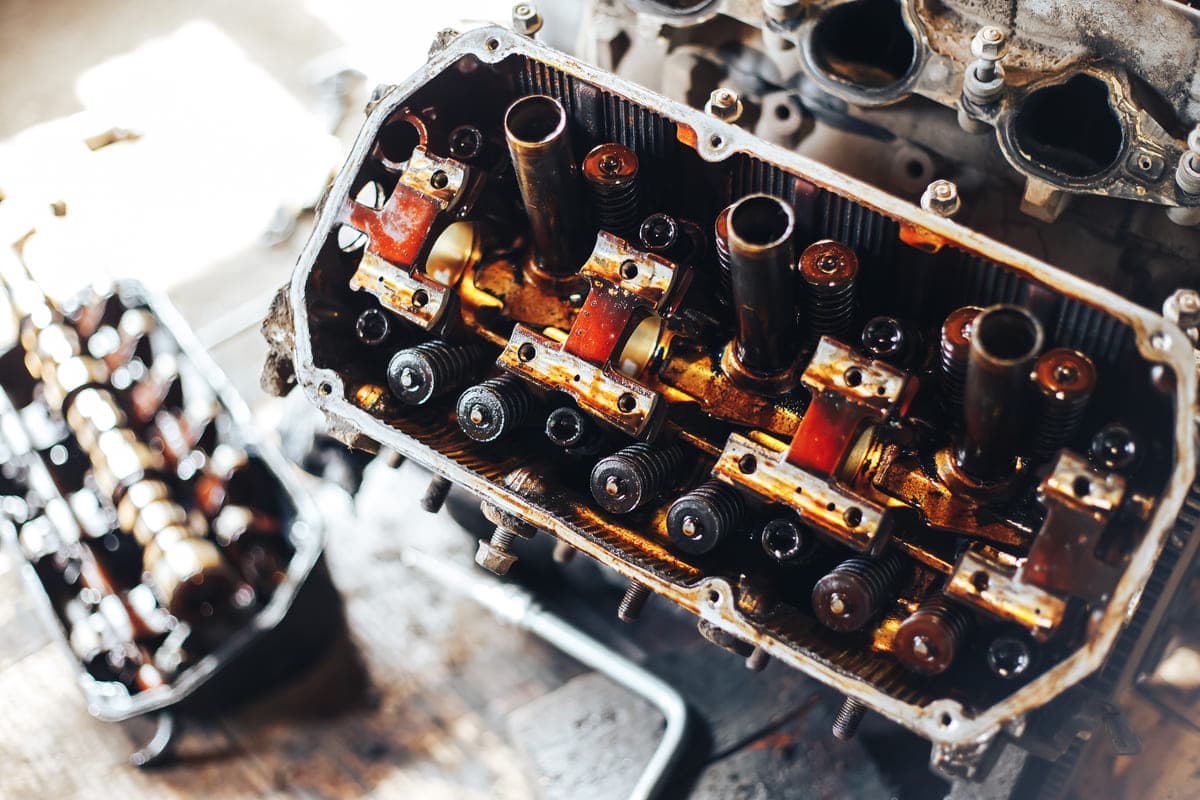In automotive engineering Ignition timing is key to peak engine power and efficiency. It’s the adjustment of the firing order to get the fuel air mix to ignite at the right moment in the compression stroke.
What Is Ignition Timing?
Ignition timing is when the spark plug fires to ignite the fuel air mix in the engine.
Cars need this spark to run. The timing of that spark affects how the engine runs.
An early or late spark can hurt engine performance. It can be bad or even damage.
Engineers set ignition timing based on engine speed and load. The right timing makes the engine run smooth and strong.
Modern cars use computers to control ignition timing. This means the can adjust to different driving conditions automatically.
References
- Ignition Timing. Wikipedia. Retrieved from
- Ignition Timing. ScienceDirect. Retrieved from
- Optimization of Ignition Timing. European Transport Research Review. Retrieved from
What is Ignition Advancing & Ignition Retarding?
Ignition advancing is when the spark plug fires earlier in the engine cycle. This is good when the engine is running fast. It gives the fuel air mix more time to burn.
When you press the gas pedal hard ignition advancing gives you more power and performance. Advanced timing helps the engine run better at high speeds.
Ignition retarding is when the spark plug fires later in the engine cycle. This is good when the engine is slow or under heavy load. It prevents knocking and reduces stress on engine parts.
Retarding timing can make the engine run smoother at low speeds. It also helps prevent overheating and damage when the engine is working hard.
References
- Ignition Timing. Universal Technical Institute. Retrieved from
How to Set Your Ignition Timing In Step by Step Guide?
Setting your ignition timing can improve your engine performance. Follow these steps to do it.
Step 1: Get Your Tools
Get a timing light, wrenches and a manual for your car. You need these tools to set the timing right.
Step 2: Find the Timing Marks
Find the timing marks on your engine. They are usually on the crankshaft pulley and the timing cover.
Step 3: Connect the Timing Light
Attach the timing light to the and the number one spark plug wire. The light will show you the timing marks.
Step 4: Start the Engine
Turn on the engine and let it warm up. The engine needs to be at normal operating temperature for timing.
Step 5: Check
Point the timing light at the timing marks. Note where the mark lines up with the scale on the timing cover.
Step 6: Loosen the Distributor
Use a wrench to loosen the distributor hold-down bolt. This will allow you to turn the distributor to adjust the timing.
Step 7: Set the Timing
Turn the distributor slowly while pointing the timing light at the marks. Advance or retard the timing until the marks match your car’s manual.
Step 8: Tighten the Distributor
Once you’re done setting the timing, tighten the hold-down bolt on the distributor. Make sure it’s good and tight to keep the timing from moving.
Step 9: Re-check the Timing
Point the timing light at the marks again to make sure they still line up after tightening. Adjust if needed.
Step 10: Turn Off the Engine
Turn off your engine and disconnect the timing light. Remove all tools from the engine bay.
It’s done!!! Your engine should run smoother now.
References
- How to Adjust Timing. WikiHow. Retrieved from
- Timing Is Everything. MotorTrend. Retrieved from
What Are the Signs that your Ignition Timing is Off?
Ignition timing is important for your engine. When it’s off, your car will show several symptoms. Knowing these signs can help you fix the problem early.
Symptoms of Incorrect Ignition Timing:
- Poor Fuel Economy: If your car is using more fuel than usual, it might mean the ignition timing is off.
- Engine Knocking: A knocking or pinging sound from the engine is a sign that the spark is happening too early.
- Hard Starting: Difficulty starting the engine, especially in cold weather, means the timing is off.
- Loss of Power: If your car feels slow and lacks power, the timing is late.
- Overheating: An engine running hot or overheating is a sign of timing issues especially when under load.
- Rough Idle: A rough or uneven idle is also a sign the ignition timing needs adjustment.
- Backfiring: If your car backfires through the exhaust or intake, the timing is advanced or retarded.
Knowing these symptoms early will help you keep your car running and prevent further damage.
What are the Different Types of Ignition Systems?
Ignition systems are responsible for starting and running your car’s engine. They create the spark that ignites the fuel-air mix. There are several types of ignition systems, each with its own features.
Mechanical Ignition System
The mechanical uses a distributor, points and condenser to create sparks. It’s an older design found in older cars. It’s simple but requires maintenance.
Electronic Ignition System
Electronic ignition systems replace points with electronic sensors and modules. They are more reliable and require less maintenance than mechanical systems.
Distributor-less Ignition System (DIS)
DIS systems don’t use a traditional distributor. Instead they use multiple coils and control modules. This setup gives better spark timing and less wear on engine parts.
Coil-on-Plug (COP) Ignition System
In COP systems each spark plug has its own coil. This setup eliminates the need for spark plug wires and gives precise control of ignition timing. It’s common in modern cars.
All types of ignition systems are important. Knowing these will help you understand your car.
References
- Ignition Timing. AutoNation Mobile Service. Retrieved from
- The Different Types of Ignition Systems. GTC. Retrieved from https://gtc.ca/blog/the-different-types-of-ignition-systems/


